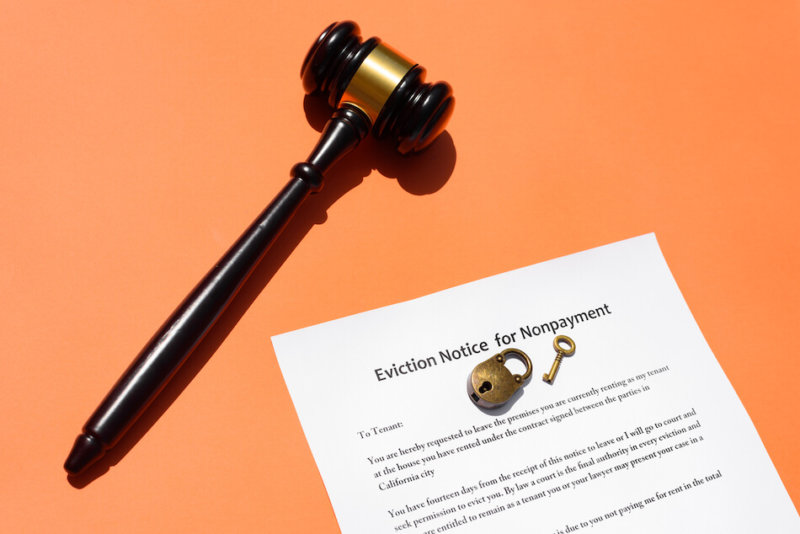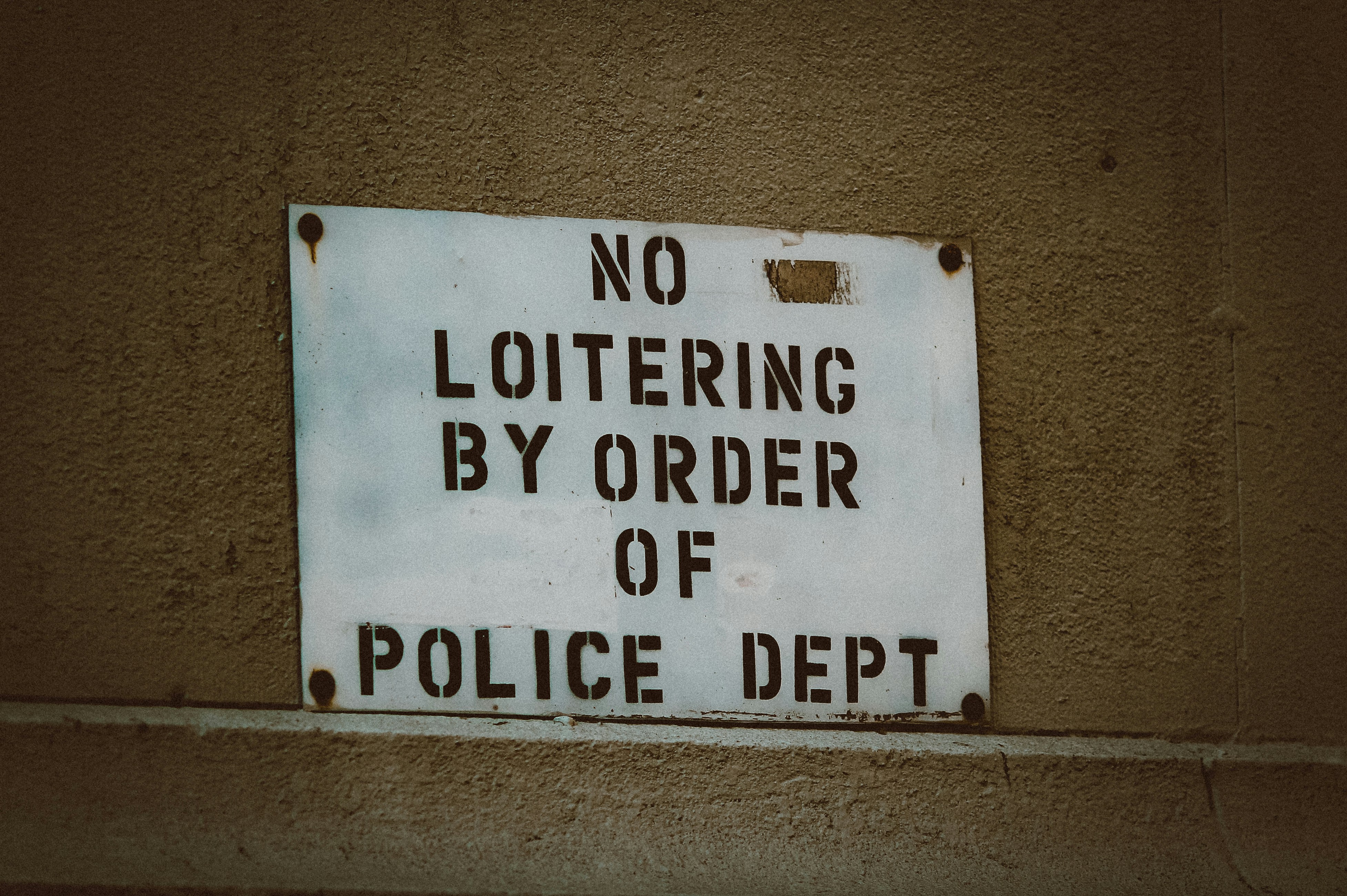How to Quickly Serve an Eviction Notice for Non-Payment

Dealing with a tenant who consistently fails to pay rent is one of the most frustrating challenges a landlord faces. Not only does it directly impact your bottom line, but it can also create significant financial strain and uncertainty. When non-payment becomes a pattern, or when a substantial amount of rent is owed, serving an eviction notice is often the necessary next step. Our firm specializes in helping Los Angeles landlords navigate this process with efficiency and precision, ensuring that your first, crucial step is legally sound and moves you swiftly toward a resolution.
The Critical 3-Day Notice to Pay Rent or Quit
In California, the primary tool for addressing non-payment of rent is the 3-Day Notice to Pay Rent or Quit. This document is straightforward: it informs the tenant that they have three calendar days (excluding weekends and judicial holidays) to either pay the full amount of overdue rent or vacate the premises. The accuracy of this notice is paramount. It must include:
- The exact amount of rent owed, down to the penny.
- The full legal name(s) of all tenants on the lease.
- The complete address of the rental property.
- The name, address, and telephone number of the person or entity to whom the rent is to be paid.
- The days and times, and the exact address, where the rent can be paid if payment is to be made in person.
Any inaccuracy, even a minor one, can provide a tenant with grounds to challenge the notice in court, leading to frustrating delays. The clock starts ticking the day after the notice is properly served.
Ensuring Swift and Legally Compliant Service
"Quickly" serving an eviction notice doesn't mean cutting corners; it means understanding the most effective and legally compliant methods. While you, as the landlord, cannot personally serve the notice, a disinterested third party (like a professional process server) can. The preferred method is personal service, where the notice is handed directly to the tenant. This provides the strongest proof of service and leaves little room for argument that the tenant didn't receive it.
If personal service isn't immediately possible, substituted service is the next option. This involves leaving the notice with a person of suitable age and discretion (usually 18 or older) at the tenant's residence or usual place of business, and then mailing a copy via first-class mail to the tenant. Both actions must occur. As a last resort, if neither personal nor substituted service can be achieved after diligent attempts, the notice can be posted on the property in a conspicuous place and mailed via certified and first-class mail.
No matter the method, strict adherence to these rules is vital. We also strongly advise documenting every attempt at service, including dates, times, and descriptions of what occurred. This meticulous record-keeping can be invaluable if the case proceeds to an unlawful detainer lawsuit. By understanding and executing the serving of your 3-Day Notice correctly and without delay, you lay the strongest possible foundation for regaining possession of your property and securing your investment.



